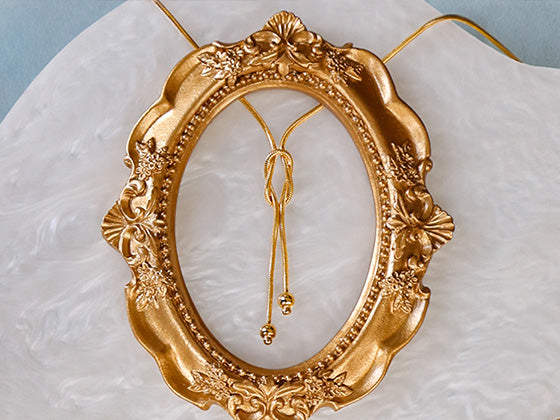This piece is a re-interpretation of Japan’s – and Seiko’s – first ever Diver’s watch, released in 1965.
The original automatic 1965 Diver’s watch marked the beginning of Seiko’s watchmaking pursuit for diving reliability, safety, and professional specifications. From 1966-1969, this watch was worn by members of the Japanese Antarctic Research Expedition on trips to the South Pole, proving its durability in challenging environments.
For this latest redux, the design is updated with a more sophisticated specification, heightened water resistance, and improved power reserve. Built in a 40mm stainless steel case, the sapphire crystal glass is surrounded by a deep ‘cove’ black bezel and matching dial. In line with professional ISO Diving specification, the hands and indices are coated in glow-in-the-dark Lumibrite whilst its upright date calendar in a 4.5 o’clock position also add to its legibility. For extra comfort and wearability, the bracelet has updated short pitch links and a shorter buckle. It is also slimmer than previous models, with a 13mm depth.
The in-house built 6R55 automatic movement is accurate to -15/+25 seconds per day with a 72-hour power reserve and 300m water resistance.
Prospex is a combination of the words ‘Professional’ and ‘Specifications’. These timepieces are designed to be practical, reliable and durable within extreme or everyday environments, for experts, sports lovers and adventure seekers alike. Seiko 3 Year Guarantee.
Jewellery Odyssey:
Seiko began as a clock repair store in Tokyo in 1881, founded by the current CEO’s Great grandfather, the name derived from ‘Seikosha’ or ‘House of precision'. With a purpose to pursue watchmaking excellence, Seiko has grown into a global timekeeping presence. Renowned for horological innovation with a stream of world firsts including the first TV watches, Seiko created the first ever quartz watch in 1969. Seiko timepieces deliver precisely beautiful Japanese aesthetics, brought to life through total in-house manufacture.
Adjusting Metal Bracelet:
To avoid damaging your watch, we do not recommend adjusting the bracelet yourself. We provide free alterations, to all watches sold online or in-store. Any links removed when the bracelet is adjusted will be given to you. In case the watch should need to be re-adjusted in the future, it is important to keep the spare links. If you require the bracelet to be adjusted, bring along your watch with the Lewins stamped guarantee. We will provide alterations on the same day, generally the waiting time for this service is 30 minutes.
General Watch Care:
Avoid direct contact with: fragrances, lotions, cosmetics, skincare, hairspray, detergents, solvents / other chemicals. Avoid damaging the movement by sudden impact or shock. Vibrations to the movement can be caused when participating in physical activities such as by playing sports (eg: tennis, golf…).
Avoid extreme temperature changes (saunas). For mechanical watches, avoid prolonged exposure to magnetism, as it can cause minor interference or if exposed to stronger sources, it can stop the watch. To prevent scratches, avoid wearing a bracelet on the same wrist.
Water Resistance:
Many watches are labelled as “water resistant”, this means that it is only humidity protected. So, whilst it can withstand accidental splashes (rain/washing your hands), it is not suitable to be submerged in water (shower/swimming). Atmospheres and Bars are used to measure the amount of pressure (not depth!) a watch can withstand. Water Resistance cannot be constantly nor permanently guaranteed. It may be affected by many factors such as aging of the gaskets or deformation of watch parts, due to accidental shock. Over time the water resistance level will drop. Exposure to hot water conditions (such as: baths, showers, saunas), chlorinated swimming pools or salt water will cause corrosion and wear and tear of parts. Therefore depending on your lifestyle, many watch connoisseur's will advice on testing your watch yearly.
Setting The Date:
The internal movement of either a quartz or mechanical watch, requires more power and energy to change the date, than it uses to move the hands. The movement accumulates power, before and after midnight, in order to move the date change mechanism. To avoid causing damage to this mechanism, never adjust the date between 9:00 pm and 3:00 am, as the adjustment period is already set in motion.
Stainless Steel:
Stainless Steel is hypoallergenic, it is an alloy of iron, chromium, carbon, nickel and titanium. It will not rust, oxidise, corrode or tarnish - if the protective surface layer of chromium, is maintained and not damaged. Hence, it is important to avoid abrasive chemicals (as these can also cause staining) such as: tooth paste, detergents, bleach, chlorine, salt water etc… If it is constantly exposed to environments, whereby these chemicals or elements are prevalent, then it will be prone to develop rust and you will begin to see discolouration and tarnishing. Stainless Steel is easily scratched and dented, so it is important to be mindful of sharp objects when wearing or storing. Clean using warm mild-soapy water, rinse and dry with a soft cloth. Or, gently rub parallel to the direction of the grain, using a microfibre cloth.

























 Contact Us
Contact Us







